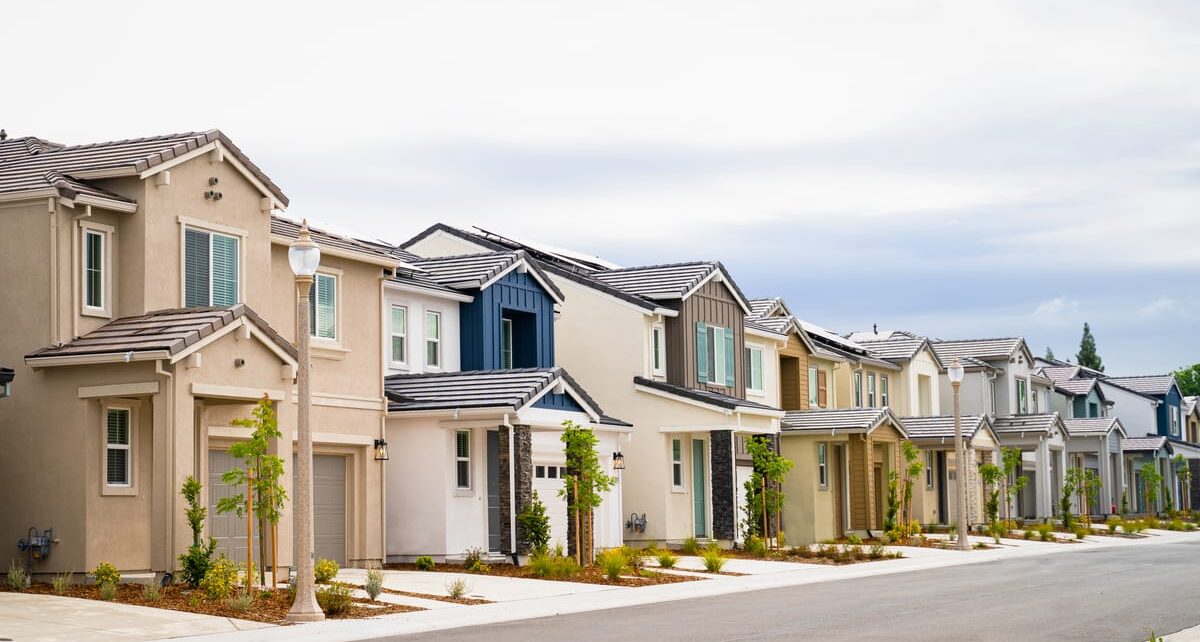For decades, the residential landscape has resembled homeownership, and this seemed the only path to stability and belonging. For many, the traditional path to homeownership has become a dead end, leaving them stranded in the labyrinthine rental market. Predictability is as fleeting as a desert mirage, security as fragile as a spiderweb, and quality frequently a gamble. But amid this housing dystopia, a beacon of hope in BTR properties has emerged.
Build to Rent is a rising star on the housing scene. It isn’t merely slapping another coat of paint on the existing rental model. It’s tearing down the old blueprints and meticulously constructing a new vision for renters and investors alike.
This vision rests on several key pillars:
- Boosting Supply: Imagine injecting much-needed oxygen into a suffocating atmosphere. BTR acts as a pressurized ventilation system, pumping purpose-built rental units into the constricted housing market. This influx has the potential to ease pressure on both homeowners and renters, potentially lowering rents and offering more choices.
- Professional Precision: Traditional rentals often resemble a rickety DIY project, held together by hope and duct tape. BTR introduces professional architects and skilled contractors, ensuring top-notch construction and maintenance. Think sleek, modern apartments, not drafty basements and malfunctioning appliances.
- Cultivating Community: Forget the isolating echo chambers of single-family dwellings. BTR envisions vibrant ecosystems, where community courtyards and shared amenities serve as social glue. Rooftop terraces morph into open-air living rooms, co-working spaces become collaborative hubs, and on-site childcare facilities offer a helping hand to busy parents. This isn’t just housing; it’s forging connections and fostering a sense of belonging.
- Sustainable Symphony: The housing sector can’t be deaf to the environmental concerto. BTR incorporates energy-efficient designs, eco-friendly materials, and even renewable energy sources, aiming to reduce its carbon footprint and harmonize with the planet’s delicate melody.
Challenges in the Blueprint:
While BTR paints a promising picture, its canvas isn’t entirely free of smudges. Two key challenges must be addressed:
- Affordability: The initial rent in some BTR developments may resemble Mount Everest to those clinging to financial base camps. Ensuring affordability without compromising quality or sustainability is crucial to preventing BTR from becoming an exclusive gated community.
- Corporate Concentration: With large institutions driving the BTR boom, the specter of corporate dominance looms. Carefully crafted regulations must safeguard tenant rights and prevent BTR from becoming a monopoly that dictates the housing market with an iron fist.
Building a Future that Fits Everyone:
The potential of BTR is undeniable, but its success hinges on responsible development. By prioritizing affordability, fostering open communication between stakeholders, and implementing regulations that protect tenant rights, BTR can avoid the pitfalls of the past and pave the way for a housing future that works for everyone. This future won’t be built overnight, but by carefully laying each brick, BTR can construct a landscape where stability, quality, and community are accessible to all, not just a privileged few.
The time has come to tear down the outdated housing model and embrace a new design. BTR, with its focus on professional management, vibrant communities, and sustainability, offers a compelling blueprint for the future. It’s a future where finding your perfect housing fit isn’t a desperate scramble, but a harmonious journey towards security, belonging, and a place to call home.



